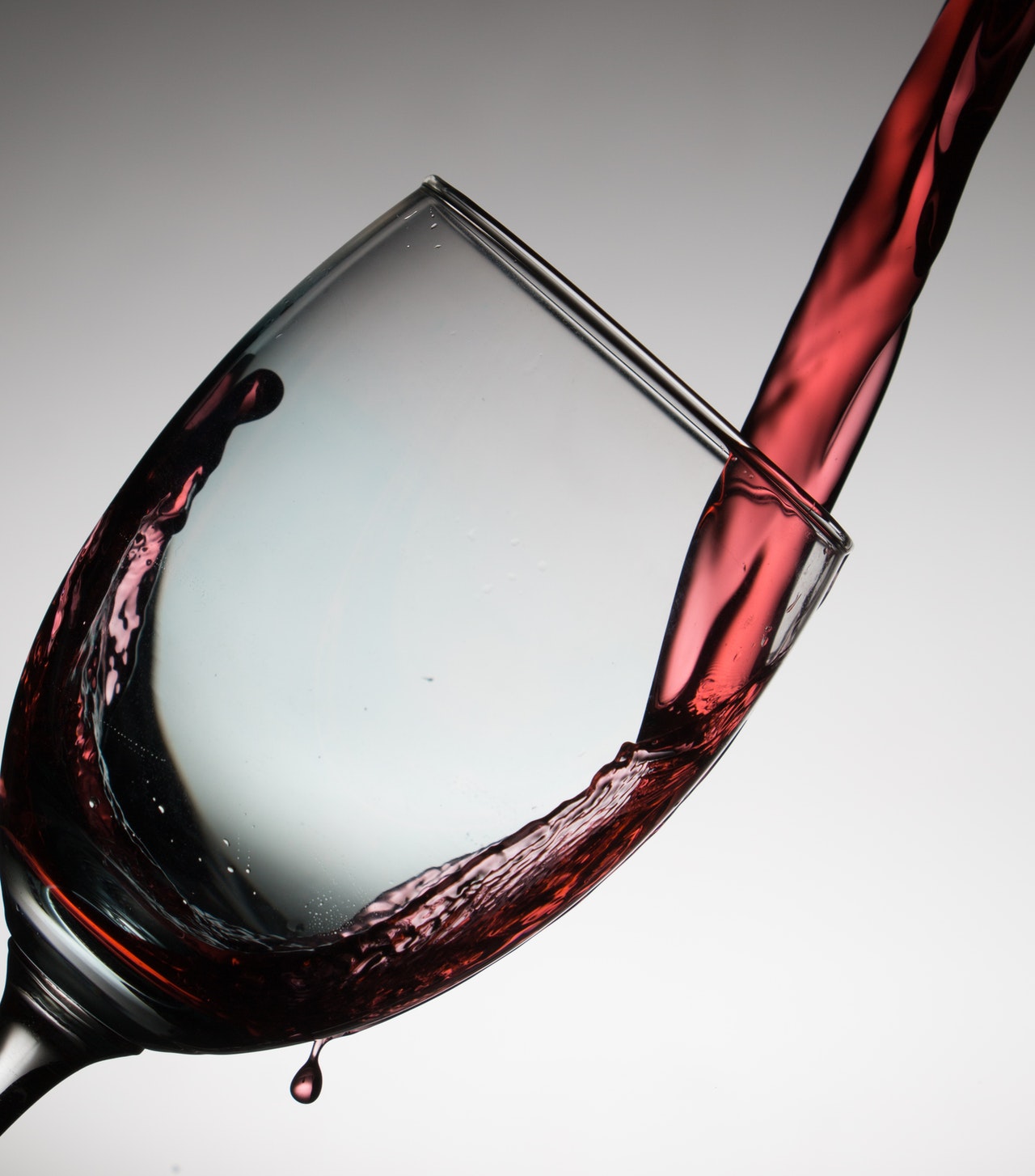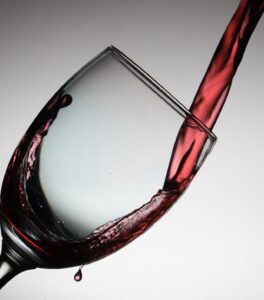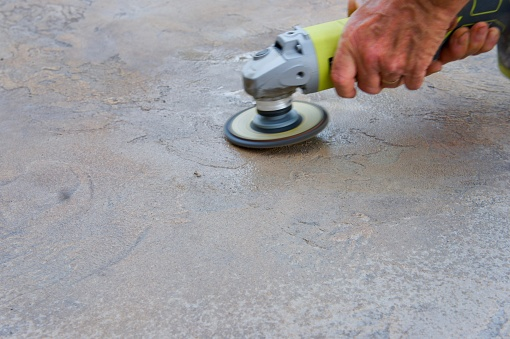The Perfect Glass of Wine


The perfect glass of wine is a delicate balance between taste and aroma, color and texture. It’s also an emotional experience that can be as varied and nuanced as the person who drinks it. But there are some basic principles that will help you get the most out of this exquisite beverage.
A good wine should start with the grapes used in its production: wines made from red grapes tend to have more tannins, those made from white grapes more sugar; wines made from both types of grape are often a mixture of these two attributes; but all offer a distinctive flavor profile derived from their particular terroir (the soil, climate and other factors unique to a specific vineyard). The type and quality of oak barrels used for aging can also add a distinctive flavor, as can the length of aging and other techniques.
The moment a wine lover selects a bottle to open is always special. But it becomes even more so when you appreciate these factors before you pour your glass for the first time.
1. What goes into making the perfect glass of wine?
The perfect wine is multi-faceted and personal, but there are a few things that go into making it. As outlined in the opening paragraph of this post, the grapes used for fermentation, the type of oak barrels used for aging, and the length of time spent in the barrel all affect what a person experiences when tasting their wine.
Also factor into whether your glass is perfect: temperature (don’t bring chilled white wines too close to room temperature or they can start tasting flabby) and serving purposes. Even though red wines traditionally go best with meats like steak or ham – where tannins create an important complement to meat’s naturally meaty flavor – many red wines also have enough sweetness from residual fruit sugars to go well with chocolate for example.
2. How should you pour your wine?
After you choose the perfect wine, you need to do a little more preparation to ready your palate. Here are some tips:
– Pour it in the glass and swirl it so that oxygen gets into contact with all of its surface area; this will release aromas and concentrations better than if you just pour straight down the side of the glass. A good red wine glass should be large and tulip-shaped to hold the aromas in.
– Swirl it around in your mouth, not just once but maybe four times or more – this will release even more of its volatile aromas.
– Taste it carefully, focusing on what flavors you can sense: there may be bitter, sweet, refreshing, and mouth-filling flavors to discover!
The perfect glass of wine should be savored. From the time you pour it to the time you drink it, there are a few things to remember that will make your wine-drinking experience much more pleasurable.
3. When should you open a bottle of wine?
A good wine should be opened at the right moment for it to shine. An older red requires enough time in contact with oxygen to allow all of its flavors and aromas to reveal themselves, but a younger one needs to stay contained within the bottle as long as possible so that it can develop into something more complex.
If you are uncertain about a wine’s age, a good rule-of-thumb is to open it at least a half-hour before serving time. Once you’ve opened the bottle pour the wine into your glass and let it breathe for another 10 minutes or so – this will give you an even better idea of what you’re in for.
4. What are the important elements to consider when drinking wines?
– Temperature: don’t bring chilled white wines too close to room temperature or they can start tasting flabby.
– Serving purposes: Red wines traditionally go best with meats like steak or ham – where tannins create an important complement to meat’s naturally meaty flavor – many red wines also have enough sweetness from residual fruit sugars to go well with chocolate for example.
5. How long should a good red wine last?
As with fine scotch, the older red wines get, the more expensive they become. A good rule-of-thumb is to drink ’em up within three years of their vintage year. The perfect glass of wine should be savored.
6. How long should a good white wine last?
White wines last the longest because they are made with less tannin than reds. You can keep them for up to five or ten years.
7. How should you store your wine?
Try not to expose open bottles of wine to excessive heat or cold; it’ll ruin the taste faster than you realize! Keep your opened bottle of wine in the refrigerator to slow down the oxidation process.
8. What are “tannins” and why should I pay attention to them?
Tannins contribute a big part of red wines’ flavors, aromas, structure, and finish; they also give dry white wines their backbone. Tannins can be found in grape skins, seeds, and stems. Tannin content varies from grape to grape but you can identify them by their dry, pucker-inducing quality.
9. How much should you pour in your glass?
Generally speaking, a good rule-of-thumb is to fill up the glass only one-quarter of the way full with wine – this will let the wine breathe and will promote a better flavor profile.
10. Final words of wisdom
As you can see, there are a few things to consider when drinking wine. By following the tips we’ve provided, you’ll be able to enjoy your glass of wine even more and appreciate all the flavors it has to offer. Whether you’re a wine beginner or an experienced drinker, these tips will help you make the most out of every sip.


